On Thursday last week, the CEOs of Renault, Nissan and Mitsubishi got together to announce… well, nothing much new. But that wasn’t the point.
The point was to tell the world that the Renault-Nissan-Mitsubishi Alliance is strong and committed to finding common synergies that will ensure all three brands thrive in an electric and connected future. And in that, it was arguably successful.

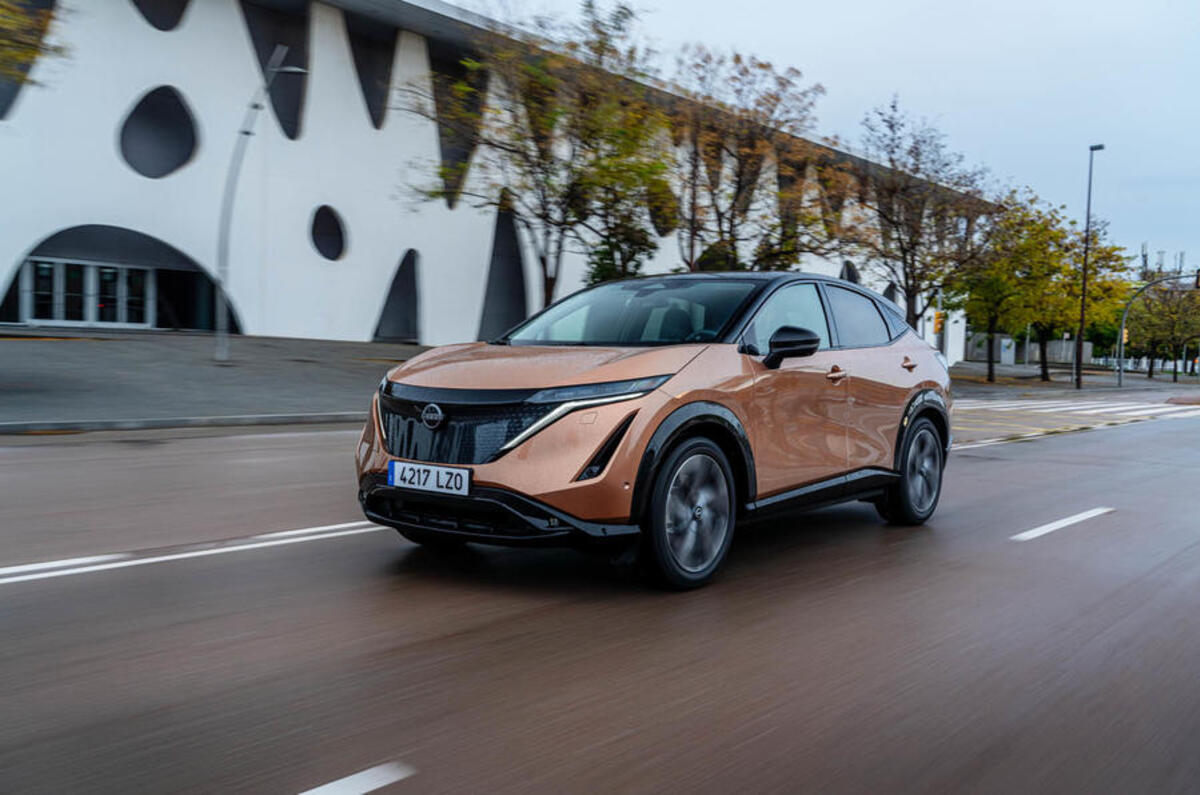
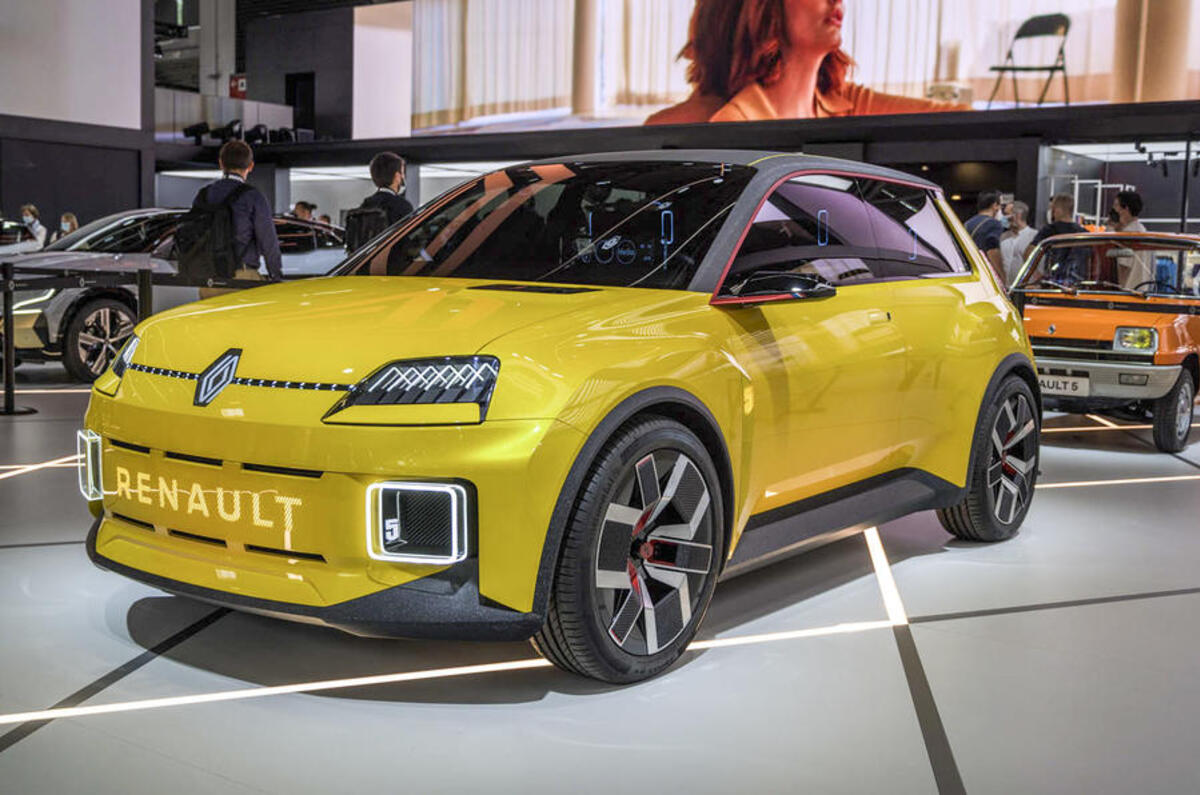

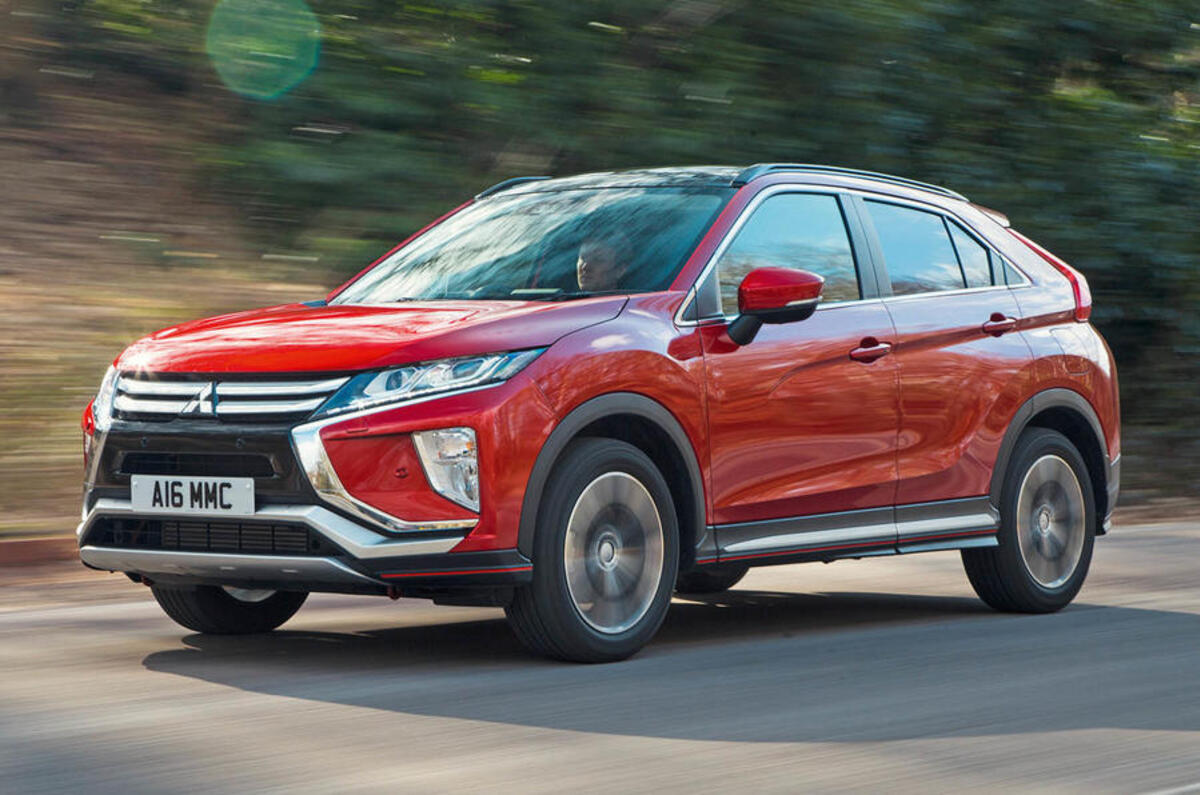
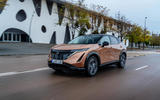
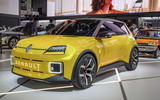
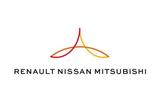
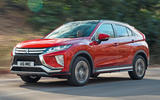


Join the debate
Add your comment
Luca de Meo does not fly to Japan, since he suspects not to be so Lucky de Ceo to travel back in a box